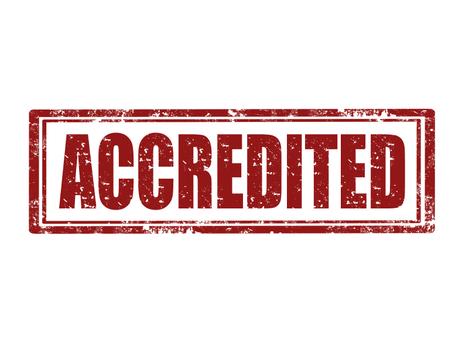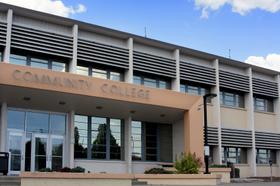In the summer of 2013, the Accrediting Commission for Community and Junior Colleges (ACCJC), the accrediting agency responsible for oversight of California’s massive community college system, came under fire for withdrawing its accreditation of the City College of San Francisco. Among the ACCJC’s findings was that the college failed to balance its budget and was deficient in staffing and facility repairs. Upon making their recommendation for revocation available to the public, ACCJC faced a firestorm of criticism, with supporters of the college claiming that the commission’s decision was fueled by political bias.
Additional criticism has since been leveled against the organization for not following its own policies during the accreditation process. In fact, ACCJC has been reprimanded by the U.S. Department of Education for failing to meet federal guidelines in its review of the City College of San Francisco. Furthermore, ACCJC is accused of violating conflict of interest laws by appointing the husband of the commission’s president to an accreditation review team.
What has resulted is a nationwide spotlight on the methods by which community colleges and other institutions of higher learning gain accreditation. Critics of the current system contend that without federal oversight – accrediting organizations are self-regulated – commissions are apt to abuse power and work under a cloak of secrecy. While these allegations are specific to ACCJC, the criticisms of its policies and procedures have been echoed nationwide.





















